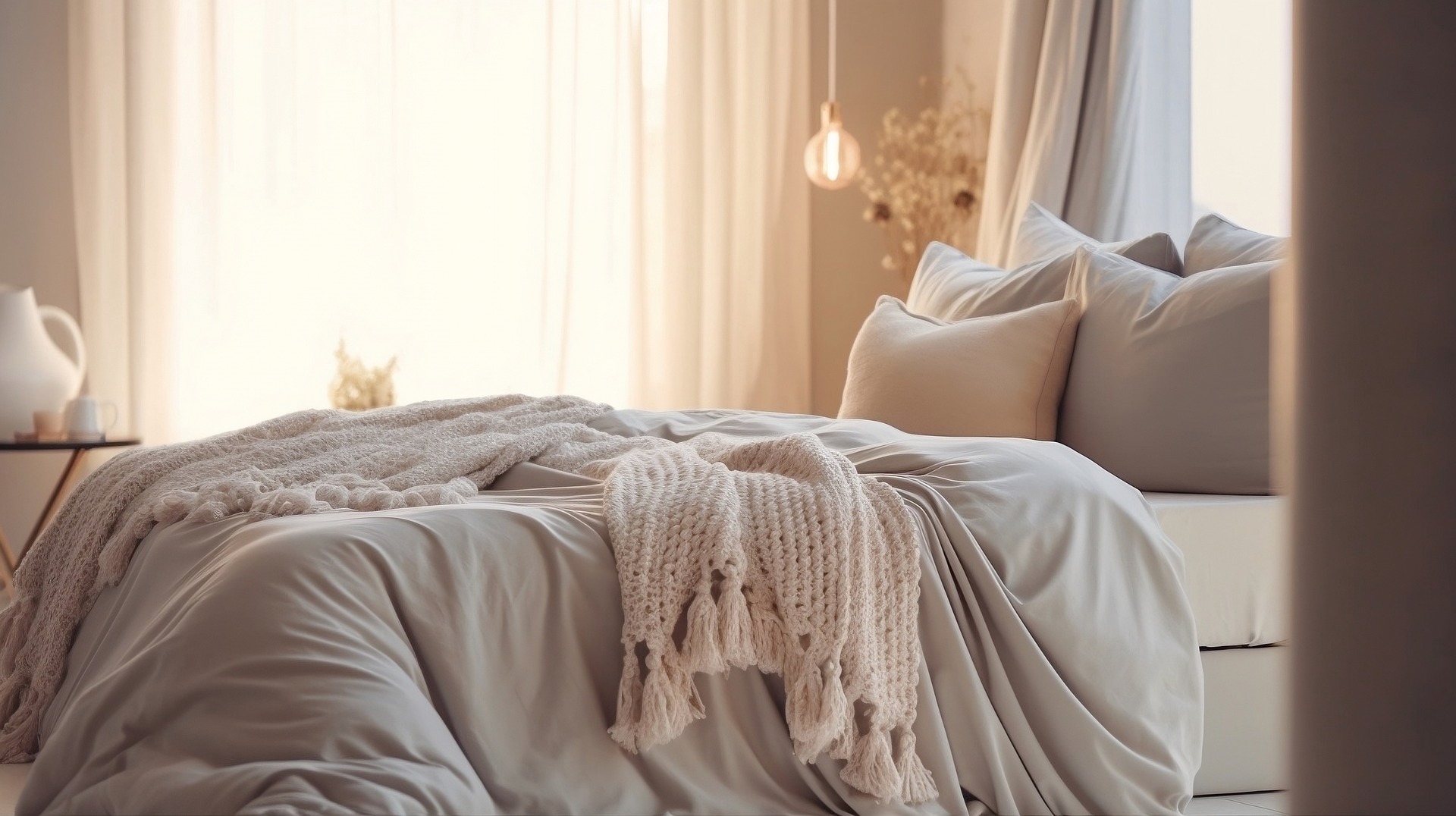"Reimagining Spaces: The Rise of Multipurpose Rooms in the Modern Home"
Introduction: In today's fast-paced, digital-driven world, the home is no longer just a place for rest. It has evolved into a multifunctional space where work, play, learning, and relaxation coexist. This shift in lifestyle has led to the rise of multipurpose rooms, breaking the traditional boundaries of home design. In this article, we delve into this exciting trend, its historical roots, and how it's shaping the future of home interiors.

The Genesis of Multipurpose Rooms
The concept of a multipurpose room isn’t entirely new. It has its roots in the studio apartments of the 1920s and the open floor plans popularised in the 1950s. However, the recent trend towards remote work, home-based learning, and the emphasis on wellness has accelerated its adoption. Today, multipurpose rooms are more than just a design trend; they are a testament to our evolving lifestyles and the fluidity of modern life.
Understanding the Trend
Multipurpose rooms are spaces that function in more than one way. They can be a home office by day and a relaxation zone by night, a playroom that doubles as a study, or a dining space that can be a venue for casual gatherings. This approach is particularly beneficial in smaller homes where space is at a premium. However, even in larger homes, the multipurpose room trend brings a level of dynamism and flexibility that traditional design often lacks.
Designing Multipurpose Spaces
Creating a multipurpose room requires careful planning and a keen eye for design. The key is to strike a balance between functionality and aesthetics. Furniture with multiple functions, such as sofa beds or desks with built-in storage, can maximise space use. Dividers, rugs, and lighting can help delineate different areas within the room, allowing for transitions from one function to another.
Market Trends and Practicality
The popularity of multipurpose rooms has grown significantly in recent years, as reflected in the increasing demand for flexible furniture and innovative storage solutions. This design approach not only maximises space utilization but also enhances the quality of daily living. It allows individuals and families to adapt their homes to their changing needs, making their living spaces truly personal and functional.
The Future of Multipurpose Rooms
As home becomes a hub for various activities, the trend of multipurpose rooms is set to continue. Emerging technologies, such as smart furniture and virtual reality, may further enhance these spaces’ functionality, making them more adaptable and intuitive. As we move towards a future where the boundaries between work, play, and rest become increasingly blurred, multipurpose rooms will play a crucial role in shaping the homes of tomorrow.
Indeed, the rise of multipurpose rooms reflects our changing lifestyles and the need for homes that can adapt to these changes. By blending design, functionality, and flexibility, these spaces offer a fresh, dynamic approach to home design, making them an exciting trend to watch.




